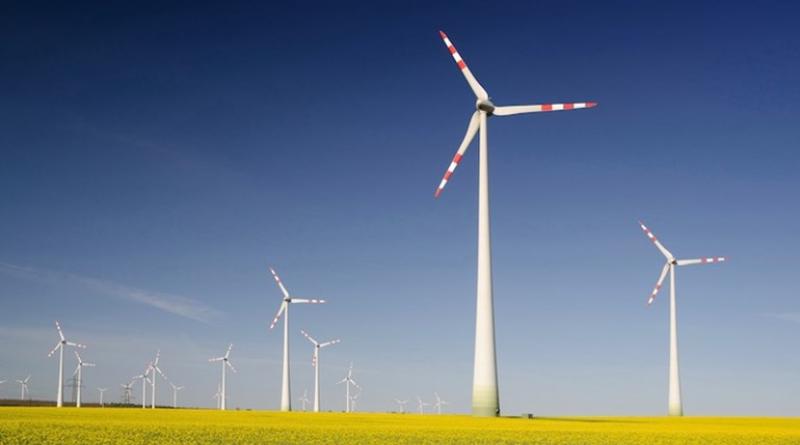Renewables ‘dominate’ European energy mix in 2019.

Renewable energy sources overtook fossil fuels as Europe’s primary electricity source for the first time in 2019, according to energy market data analyst EnAppSys.
The company’s latest report on the EU power market found renewables generated 1029 terawatt hours (TWh) last year, compared with 941TWh generated by fossil fuels and 777TWh from nuclear plants.
Though overall levels of renewable generation dipped by 1% in 2019, renewables’ contribution has risen 24% since 2015, outstripping the increases in fossil fuel generation (4%) and nuclear generation (5%) in the same period, according to EnAppSys.
In 2019, 37.5% of generation came from renewables, 34.3% from fossil fuels and 28.3% from nuclear.
Of the power produced from renewables, the majority continues to come from hydro plants, accounting for 425.8TWh in 2019.
Wind power across Europe generated 382.5TWh last year, compared with 272.7TWh in 2015.
Solar generation has climbed from 81.0TWh in 2015 to 113.5TWh last year, according to EnAppSys. In contrast, biomass has seen more significant growth, climbing from 65.7TWh to 92.6TWh over the same period.
Drilling down further EnAppSys found 28.3% of Europe's electricity demand last year was met by nuclear, 18.2% by gas, 15.5% by hydro, 15.3% by coal/lignite and 13.9% by wind. The remainder came from solar (4.1%), biomass (3.4%), oil (0.6%), waste (0.5%) and peat (0.2%).
EnAppSys director Jean-Paul Harreman said: “The continued rise in renewables output has meant that this power source overtook the combined output from fossil fuels for the very first time in 2019.
“Since 2015 several countries across Europe have seen significant growth in renewable generation at the expense of fossil fuels, while other countries already had a high share of generation from renewable sources due to a large hydro resource – with hydro remaining the largest source of renewable generation in Europe by some margin in 2019.”
The company’s analysis also show that the fossil fuel generation profile has changed in recent years, with gas-fired generation climbing by 88% since 2015, while coal/lignite-fired generation has fallen by 32%.
In 2019, gas-fired plants produced 500.5TWh, up from 265.7TWh in 2015, versus 419.6TWh from coal/lignite (down from 617.6TWh in 2015).
Harreman added: “One of the major changes seen in Europe in recent years – and in 2019 in particular – has been the transition from coal and lignite sources to gas. This trend has been driven largely by low gas prices and the increase in carbon prices, which makes generation from so-called ‘dirty’ fuels less attractive.
“In the context of fossil fuels seeing a 4% rise in generation from 2015 to 2019, this transition has been key in limiting the amount of carbon emissions during the period. Rises in gas-fired production at the expense of coal have produced emissions savings that will have more than offset this rise.”
14 January 2020
reNEWS.BIZ





